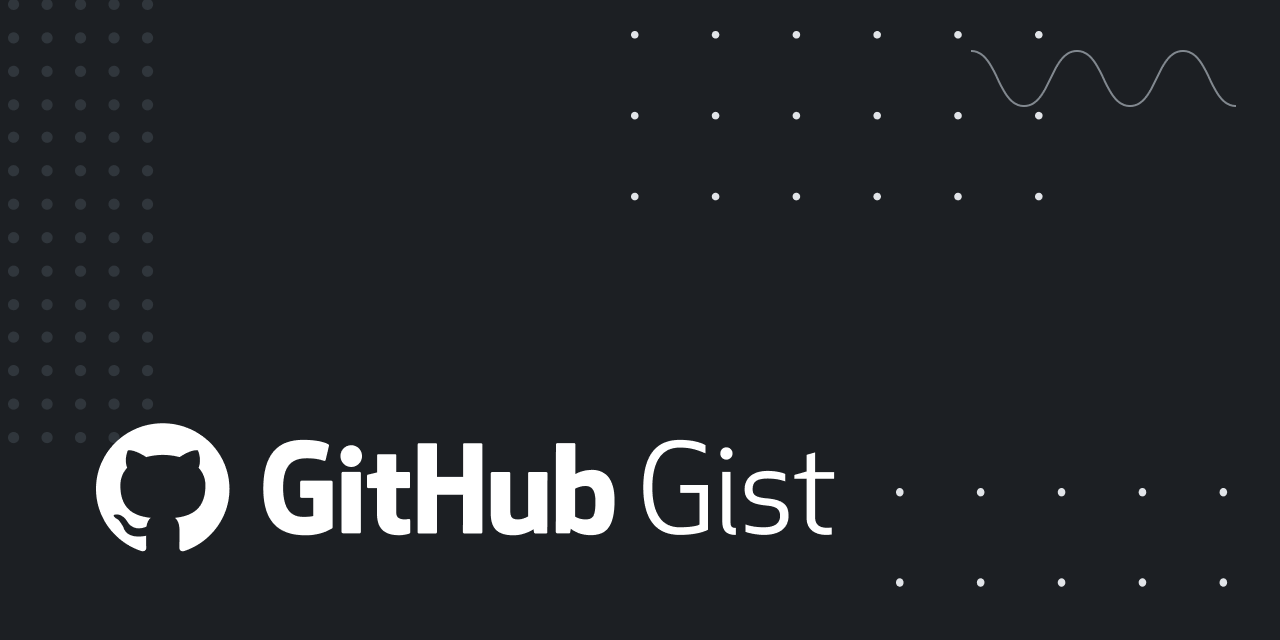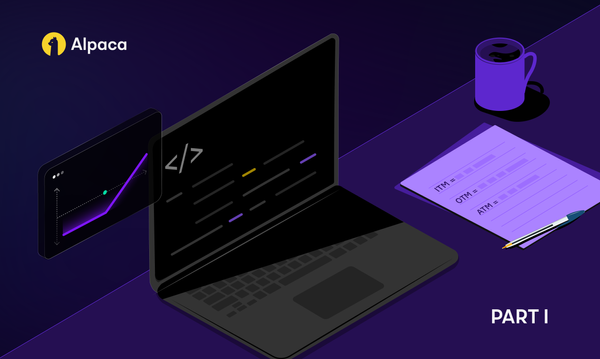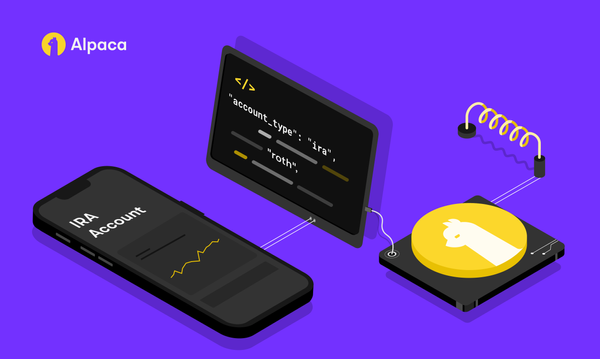Algo Trading for Dummies - 3 Useful Tips When Storing Trade Signals (Part 2)
The efficient handling and storage of trading signals can be one of the most complex aspects of a live trading system.


Handling & Storing Trading Signals Are Hard
The calculation of simple trading indicators is made easy with the use of any one of the Technical Analysis libraries available, however, the efficient handling and storage of trading signals can be one of the most complex aspects of a live trading system.
Calculating Basic Indicators? No Problem
While it’s often necessary to create custom indicators and trading signals, there is still significant benefit to using a standard library such as Ta-Lib for the basics. This saves a lot of time rather than having to reimplement a set of common indicators in your language of choice. It also has the added bonus of increased processing speed as opposed to calculation done in native Python, for example.
When it comes to moving averages and other simple time-series indicators, the process is fairly self explanatory — at every time step you calculate the next numerical value which is then used as the most up-to-date signal to trade against.

import numpy as np
import talib
rawDataLocation = "<your folder location>"
storageLocation = "<your folder location>"
assetsToProcess = ["SPY"]
# Data types for the CSV format of the previous post
# ISO8601 date-time string should be read using |S24 due to its standard length
dtypeList = ["|S24",np.float64,np.float64,np.float64,np.float64,np.float64]
iteratorPos = 0 # Tracks position in list of symbols to download
assetListLen = len(assetsToProcess)
while iteratorPos < assetListLen:
symbol = assetsToProcess[iteratorPos]
raw_data = np.genfromtxt(rawDataLocation + '{0}.csv'.format(symbol), delimiter=',',names=True,dtype=dtypeList)
close_list = raw_data["close"]
SMA20 = talib.SMA(close_list,20)
RSI14 = talib.RSI(close_list,14)
# Add your own function to store or process data as needed
iteratorPos += 1(Code Snippet to read data CSV files and process into trading indicators) https://gist.github.com/yoshyoshi/73f130026c25a7dcdb9d6909b1990277
The signals themselves will be stateless in that respect — you aren’t concerned with previous signals that have been made, only the combination of indicators present at that moment. However, you may still wish to store some of the information from the indicators, if only for external analysis at a later point.
Different Story For Advanced Pattern Recognition
Meanwhile, more advanced pattern recognition cannot be handled in such a simple manner. If, for example, your strategy relies on finding divergence between indicators, its possible to get a significant performance boost by storing some past data-points from which to construct the signal at each new step, rather than having to reprocess the full set of data in the look-back period every time.
This is the trade-off between storage/ RAM efficiency and processing efficiency, with the latter also requiring greater software complexity to achieve.
How You Should Store Signals Depends On How Fast You Need It To Be
For optimal processing efficiency, you would not only store all the previously calculated signals from past time-stamps, but also the relevant information to calculate the next step in as fewer steps as possible.
While this would be completely unnecessary for any system with a polling rate above a seconds, it is exactly the kind of consideration you would have for a higher frequency strategy.
Meanwhile, a portfolio re-balancing system, or even most day-trading strategies, have all the time in the world (relatively). You could easily recalculate all the relevant signals at each time-step, which would cut down on the need for the handling of historical indicator sets.
Depending on the trading period of the system, it may also be worth using a hybrid approach to indicator and signal storage. Rather than permanently saving the data, you could calculate the full set of indicators at start-up and periodically dump and refresh the data to keep only whats going to be used in RAM.
The precise design trade-offs should considered on an individual basis, as holding more data in RAM may not be an option when running the software from lower power cloud computing instances nor, at the other end of the spectrum, would you be able to spare the seconds to recalculate everything for a market making bot.
3 Useful Tips When Storing Trade Signals
As mentioned in the part 1 of this series, there are range of different storage solutions that can be used for trading data. However, there are several best practices which apply across all:
- Keep indicators in a numeric or boolean format where possible for storage. For example, splitting a more complex signal set into boolean components. This particular problem caused me several issues in projects I’ve had to work on in the past.
- Only store what is complex or time-consuming to recalculate. If a set of signals can be calculated in time in a stateless manner, its probably easier to do so than add the design complexity of storing extra information.
- Plan out the flow of data through your system before you start programming anything. What market data is going to be pulled for each time-step? What will then be calculated from this and what is necessary to store? A well thought-out design will reduce complexity and hassle down the line.
Past this, common sense applies. Its probably best to store the indicators and signals in the same time-series format as, and along side, the underlying symbols they’re derived from. More complex signals, or indicators derived from multiple symbols, may even warrant their own calculation and storage process.
You could even go as far as to create a separate indicator feed script which calculates and stores everything separately from the trading bot software itself. The database could then be read by each bot as just another data feed. This not only has the benefit of keeping the system more modular, but also allowing you to create a highly optimized calculation function without the complexity of direct integration into a live system.
Whatever flavour of system you end up using, make sure to plan out the data storage and access first and foremost, before starting the rest of the design and implementation process.
By Matthew Tweed




